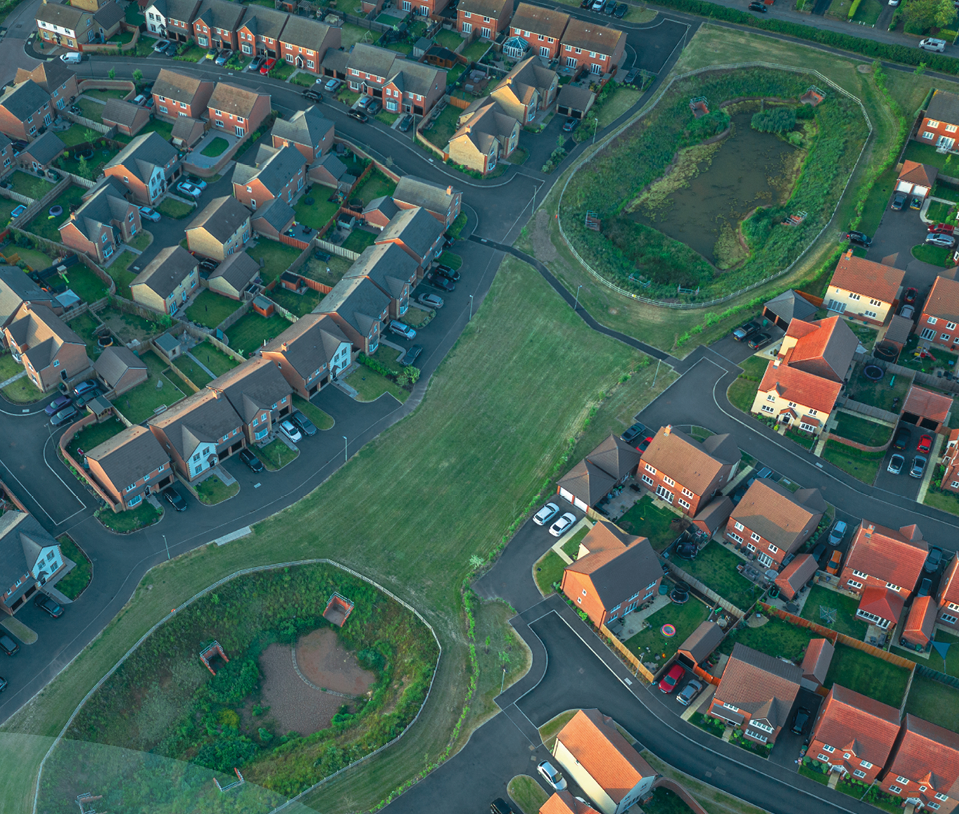The impact that climate change is having on our environment is rarely out of the media spotlight. Historical weather-related records are ‘broken’ on a regular basis, ranging from new temperature highs to increased storm events and associated flooding.
Experts are largely in agreement that these events will only increase as global temperatures continue to rise. This was further highlighted by some modelling research that came out earlier this month and was the focus of a BBC News feature (and a range of other national and regional media channels).
Researchers at Bristol University and Fathom have produced a ‘future flood map’ which predicts the areas of the UK most at risk if temperatures continue to rise and global targets are not met. Perhaps more alarmingly, they conclude that damage caused by flooding could increase by more than 20% over the next century.
Our teams at RAB see the impact that flooding has on properties and communities on a daily basis. In our experience Flood Risk Management (FRM) requires long term investment to maintain and improve the existing assets. This latest study may be evidence for increased spending on FRM in certain areas, but this cannot come at the expense of maintaining the defences in areas where there is little or no forecast change in risk. Those defences must also be maintained.
Predicted increases in sea level and the impact on Coastal communities often grab national headlines, however most of the recent major flood incidents have resulted from inland river and surface water flooding. Coastal protection often requires a strategic regional solution for the length of coast in question and are very expensive.
Inland initiatives can be far easier to implement on a community and individual property owner level.
We regularly work with local authorities, large landowners, and individual property owners to help them manage flood risk. Specialist areas such as Property Flood Resilience (PFR) and Sustainable Drainage Systems (SuDS) are becoming increasingly important to protect both new and existing assets.
SuDS are already having positive impact on new residential and commercial developments. ‘Natural’ features such as open water channels, ponds and biodiversity areas are integrated within development plans to mimic natural drainage and reduce the immediacy of water entering traditional drainage systems.
Planned changes to the Flood and Water Management Act 2010 will mean that new developments are further constrained in regard to how they manage surface water and its pathway into existing rivers and waterways.
In regard to existing infrastructure, then we believe that local authorities and water companies should also be incentivised to retrofit SuDS. This will ultimately prevent flood flows from upstream communities adversely affecting their downstream neighbours.
RAB deliver a wide range of resilience and flood risk services for both public and private sector organisations. More information is available here on our website, or you can get in touch for an informal discussion on your specific project by email to enquiries@rabconsultants.co.uk or call our head office in Lichfield on 0330 223 6475.


